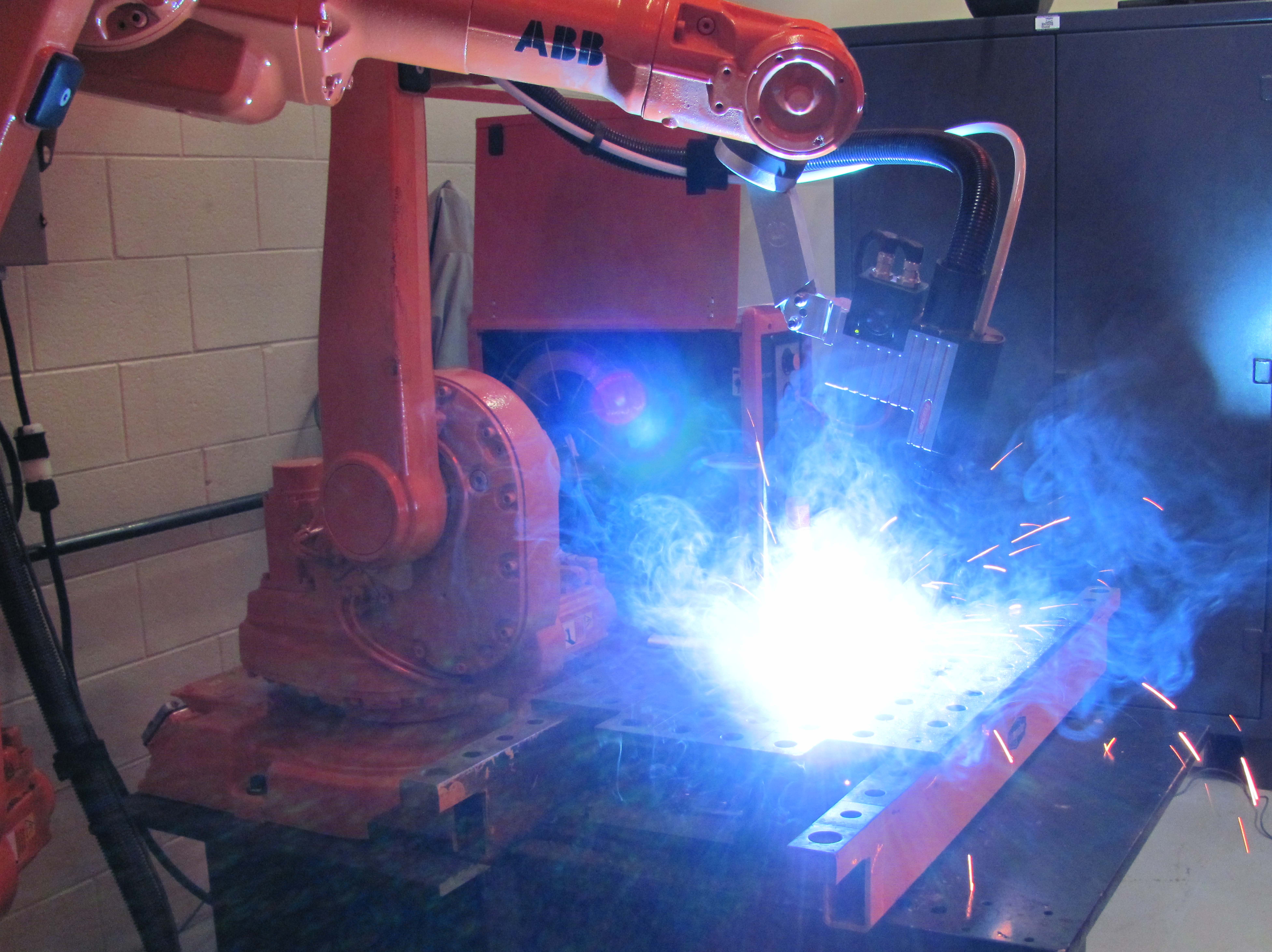It doesn't distort any picture because there is more than one picture. There are many ways to measure unemployment and this is just one of them. it's important in demographics for people to understand how many people will be working and how many people who will not be working. Can those who are not working be supported and sustained by those who are working? What is the ratios before problems arise? These are important issues as well.
Our labor force participation rate increased during the 20th century and basically topped out around the year 2000, and has been declining ever since.
Since the year 2000 we have continued to become richer in aggregate and even though we took a dip in GDP during the recession, productivity per work hour has continued to grow. By all measures except for the price of real estate and the unemployment rate, we have fully recovered from the Great Recession.
For the past five years or so our productivity per work hour has increased even more than our labor force participation rate declined. It would be interesting to look at a graph of labor force participation rate overlaid onto a graph of hourly productivity, I think that we would find a negative correlation. The more productive that we become, the less that we have a need to work.
If we were to project out the increase in hourly productivity and the corresponding decrease in labor force participation rate since the beginning of the 21st century over the rest of the century, assuming that the standard work week continues to be around 40/hr/week, there would likely be some point in which we find that the majority of families will not be able to have employment. This creates a real issue.
If most families will eventually lack a source of income, then who is going to be the consumer? How will businesses be able to be profitable is they have a lack of customers? how will families that don't have an income source be able to survive?
We are seeing a gradual paradigm shift in our economy (which is actually quite normal), that is going to force us to establish different expectations of our standard of living and work requirements. The difference in the dynamics of the economy and our standard of living between the beginning and of the 21st century will likely be even bigger than we saw during the span of the 20th century.
Personally, favor the proposition of a standard work week which is just three hours a day one day a week for just a few years of their lives (the George Jetson work week), much more than the alternative, which is longer work hours by a few who will be forced to support the masses who can't find jobs at all. the only other scenario that I can see is mass poverty on a scale that would make the standard of living by most Americans essentially comparable to to what we had during the dark ages.




